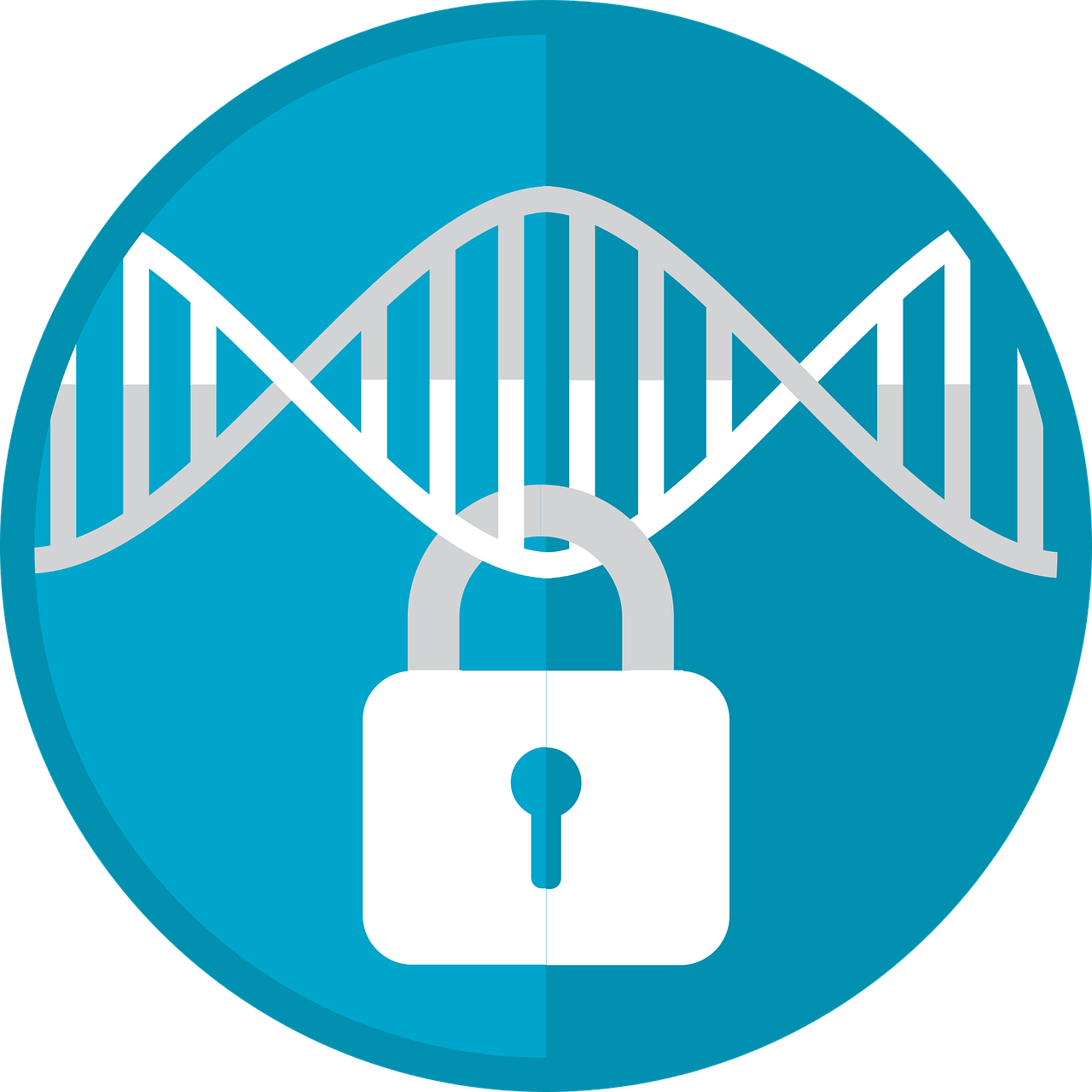Title: Understanding the Cost of Hydrological Monitoring Equipment
Title: Understanding the Cost of Hydrological Monitoring EquipmentThe cost of hydrological monitoring equipment can vary widely, depending on factors such as the type and quality of the equipment, the complexity of the system, and the specific requirements of the project. Some common types of hydrological monitoring equipment include sensors, data loggers, flow meters, and weather stations. These devices can range from inexpensive basic models to more advanced and complex systems that require specialized knowledge and expertise to install and operate. In addition to the initial cost of purchasing the equipment, there are also ongoing costs associated with maintenance, repairs, and upgrades. It is important for potential buyers to carefully consider these factors when selecting a hydrological monitoring system and to ensure that it meets their specific needs and budget. By doing so, they can make informed decisions and get the most value out of their investment in hydrological monitoring technology.
Introduction:
Hydrological monitoring is a critical aspect of environmental monitoring that helps to assess water quality, flow rates, and other essential parameters. It involves the use of various equipment that collects data on water-related parameters such as temperature, pH levels, dissolved oxygen, and turbidity. The cost of acquiring and maintaining this equipment can be a significant investment for many organizations. In this article, we will discuss the various factors that affect the pricing of hydrological monitoring equipment and provide an overview of the average prices in the market.
Factors Affecting the Pricing of Hydrological Monitoring Equipment:

The cost of hydrological monitoring equipment can vary significantly based on several factors, including:
1. Type of Equipment: There are various types of hydrological monitoring equipment available in the market, each with its unique features and capabilities. Some of the common types include water level sensors, dissolved oxygen sensors, and water temperature sensors. Prices for these devices can range from a few hundred dollars to tens of thousands of dollars, depending on the complexity of their design and functionality.
2. Brand and Quality: The reputation of the manufacturer and the quality of the product are crucial factors that can influence the price of hydrological monitoring equipment. High-quality, well-known brands tend to charge more than lesser-known brands due to their reputation and commitment to excellence. However, it's important to note that some lesser-known brands may offer similar features and performance at lower prices.
3. Features and Functionality: The features and functionality of hydrological monitoring equipment can also play a significant role in determining its price. For instance, advanced sensors that can accurately measure specific parameters such as pH levels or dissolved oxygen content may command higher prices compared to basic sensors that only provide general information. Additionally, some equipment may come with additional features such as data storage or connectivity options, which can increase their overall cost.
4. Supply Chain and Distribution: The supply chain and distribution channels can also affect the pricing of hydrological monitoring equipment. If the manufacturer relies heavily on imported components or has limited distribution networks in certain regions, it may increase the cost of production and ultimately lead to higher prices for consumers. On the other hand, if they have strong local partnerships and economies of scale, they may be able to negotiate better prices for their products.
Average Prices of Hydrological Monitoring Equipment:
Based on our research, the average prices for hydrological monitoring equipment can vary widely depending on the type of equipment and its features. Here's a breakdown of some commonly used types of equipment and their estimated average prices:
* Water Level Sensors: $50 - $500
* Dissolved Oxygen Sensors: $100 - $500
* Water Temperature Sensors: $50 - $500
* Turbidity Sensors: $50 - $500
* Flow Rate Meters: $200 - $1000
* Data loggers: $500 - $5000
It's important to note that these prices are estimates and can vary depending on several factors discussed earlier. Moreover, there are often discounts available for bulk purchases or special deals offered by manufacturers during certain times of the year. Therefore, it's advisable to do your research and compare prices from multiple suppliers before making a purchase.
Conclusion:
In conclusion, the cost of hydrological monitoring equipment can vary significantly based on several factors, including type of equipment, brand and quality, features and functionality, supply chain and distribution, etc. While some high-end equipment may command high prices, there are also affordable options available for organizations looking to invest in this essential technology. By understanding these factors and doing proper research, you can make an informed decision about which equipment best suits your needs while keeping your budget in mind.
Articles related to the knowledge points of this article:
Hydrological Variables Online Monitoring: Importance and Application
Hydrologic Monitoring by Human Operators: The Key to Understanding and Managing Water Resources
Title: A Comprehensive Guide toSurface Water Monitoring Device Products
Title: How to Accurately Measure Water Levels Using a Rainfall Barometer
Title: Training on Water Quality Monitoring in Shandong Province